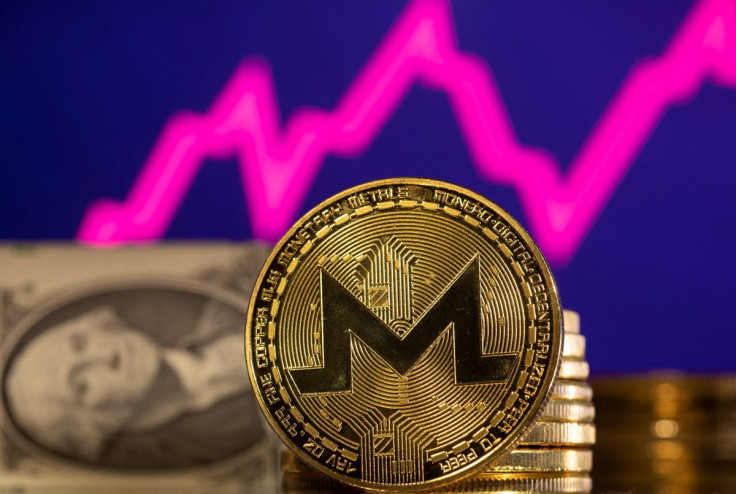US Treasury Warns About Crypto Transaction Concealment Methods

KEY POINTS
- The use of obfuscation tools has made it difficult for law enforcement to trace illicit funds
- There have been cases of virtual asset mixing being linked to stolen funds and ransomware strains
- Quick transactions on chain hopping also pose a challenge to investigators
The U.S. Treasury Department on Wednesday released its 2024 National Money Laundering Risk Assessment report that highlighted the threats that the country faces in illicit finance, including concealment methods on virtual asset transactions.
Anonymity-enhanced cryptocurrencies (AECs) are some of the digital assets observed to have drawn the attention of threat actors. American blockchain analysis firm Chainalysis said AECs employ a variety of methods to conceal the transaction histories of users. Monero, in particular, generates a public address, a private view key for displaying incoming transactions, and a private spend key for when a user sends funds.
In its report, the Treasury Department specifically mentioned the Monero token, which it said "obfuscates transaction information using cryptographic technologies." The report noted that criminals "commonly use obfuscation tools and methods to introduce challenges for investigators attempting to trace illicit funds."
Aside from privacy coins potentially being used by criminals to obfuscate their illegal activities, there's also the proliferation of virtual asset mixers, which make it even harder for law enforcement to track crypto-laundering activities.
In one case, the Treasury report revealed how criminals utilize "mixers," or platforms that hide the origin of crypto funds. Action was taken against virtual asset "mixing" service ChipMixer in March 2023 by the Department of Justice (DOJ) amid allegations that the mixing service processed hundreds of millions of dollars worth of Bitcoin "connected to or associated with ransomware strains, stolen funds, customers of Hydra Market, and Russian intelligence services."
Another risk in the U.S. finance sector this year is chain hopping, or the exchange of digital assets on one blockchain for assets on another blockchain.
In chain hopping, investigators may find it difficult to trace threat actors if the cybercriminals use "specific assets or blockchains" that have limited blockchain analysis available or "if the transactions are done quickly."
Since criminals in the virtual world employ constantly evolving tactics to obfuscate illicit funds and are fast learning how to use new methods effectively, the pace of change may be challenging to authorities, even for the competent ones, the report noted.
There have also been observations of the "misuse of virtual asset kiosks" to launder illicit money, as per the Treasury Department. Disabling some kiosk features specifically designed for compliance has led to misuse by illicit actors.
The Treasury Department noted that the use of digital assets in money laundering activities remains "far below that of fiat currency." However, its latest assessment provides a comprehensive update on evolving trends that threat actors may use as people lean toward a more crypto-friendly finance ecosystem.
© Copyright IBTimes 2024. All rights reserved.



















